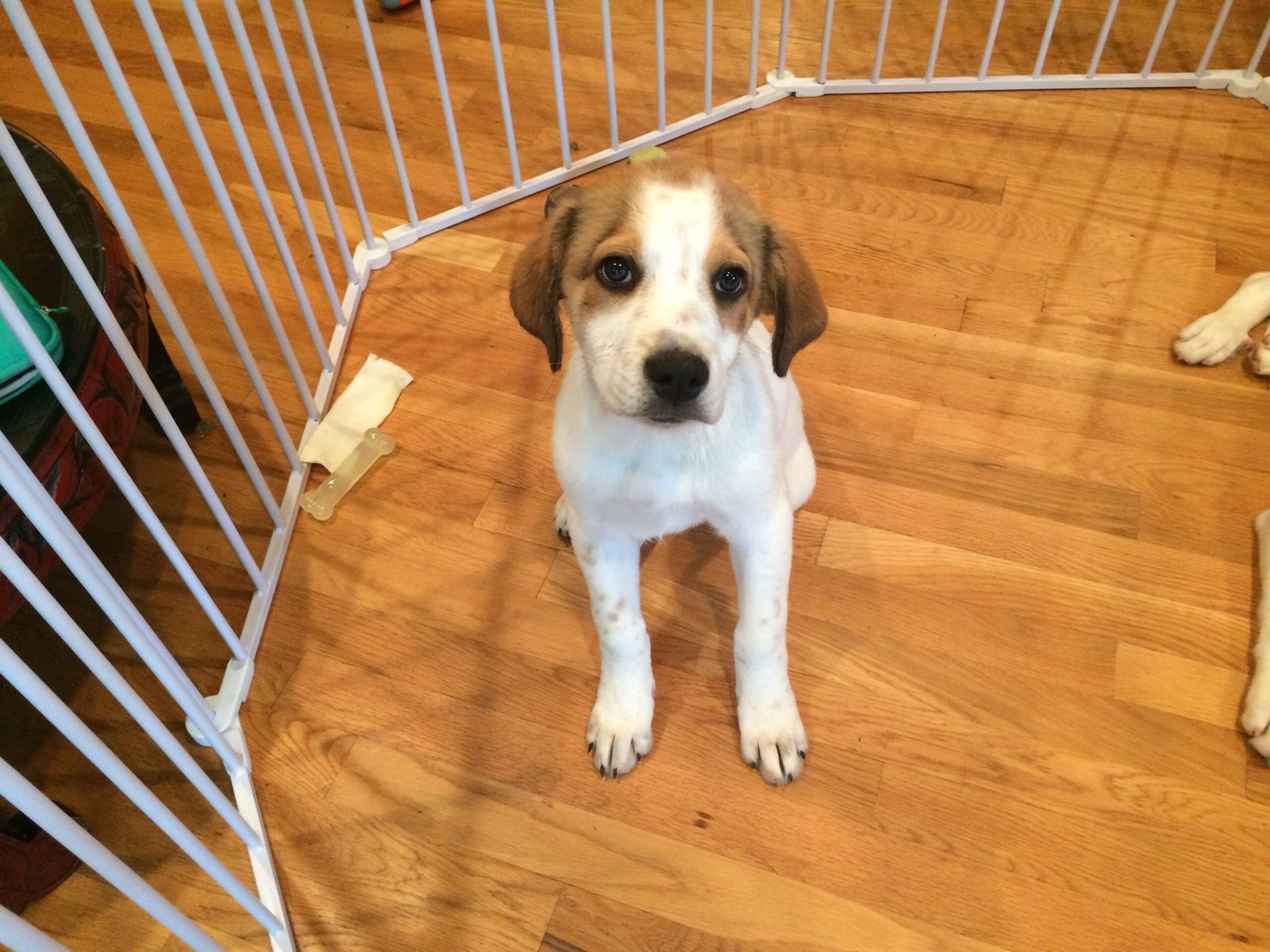Puppies with separation anxiety often struggle when left alone, but with the right support, you can ease their stress and build their confidence. Start by creating a comforting routine—regular feeding, playtime, and short departures help your pup feel secure. Try leaving behind a piece of your clothing with your scent or giving them a special toy they only get when you’re gone. Crate training, if done gently, can also offer a safe space they associate with calm. Practice short separations and gradually increase the time away. Calming aids, background music, or even doggy daycare can help too. Most importantly, be patient—your puppy just needs time, love, and consistency to feel okay on their own.
Recognize the Signs Early
Spotting separation anxiety isn’t always easy, but catching it early can make a huge difference. Some puppies show their stress with howling, barking, or whining as soon as you leave. Others might chew furniture, scratch doors, or have accidents in the house. It’s not about bad behavior; it’s their way of telling you they’re scared. Look for patterns: Does your puppy panic only when you’re gone? Are there destroyed items near entryways? If you notice these signs, don’t brush them off. Early action can prevent anxiety from getting worse and make your training efforts more successful down the line.
Start with Short Absences
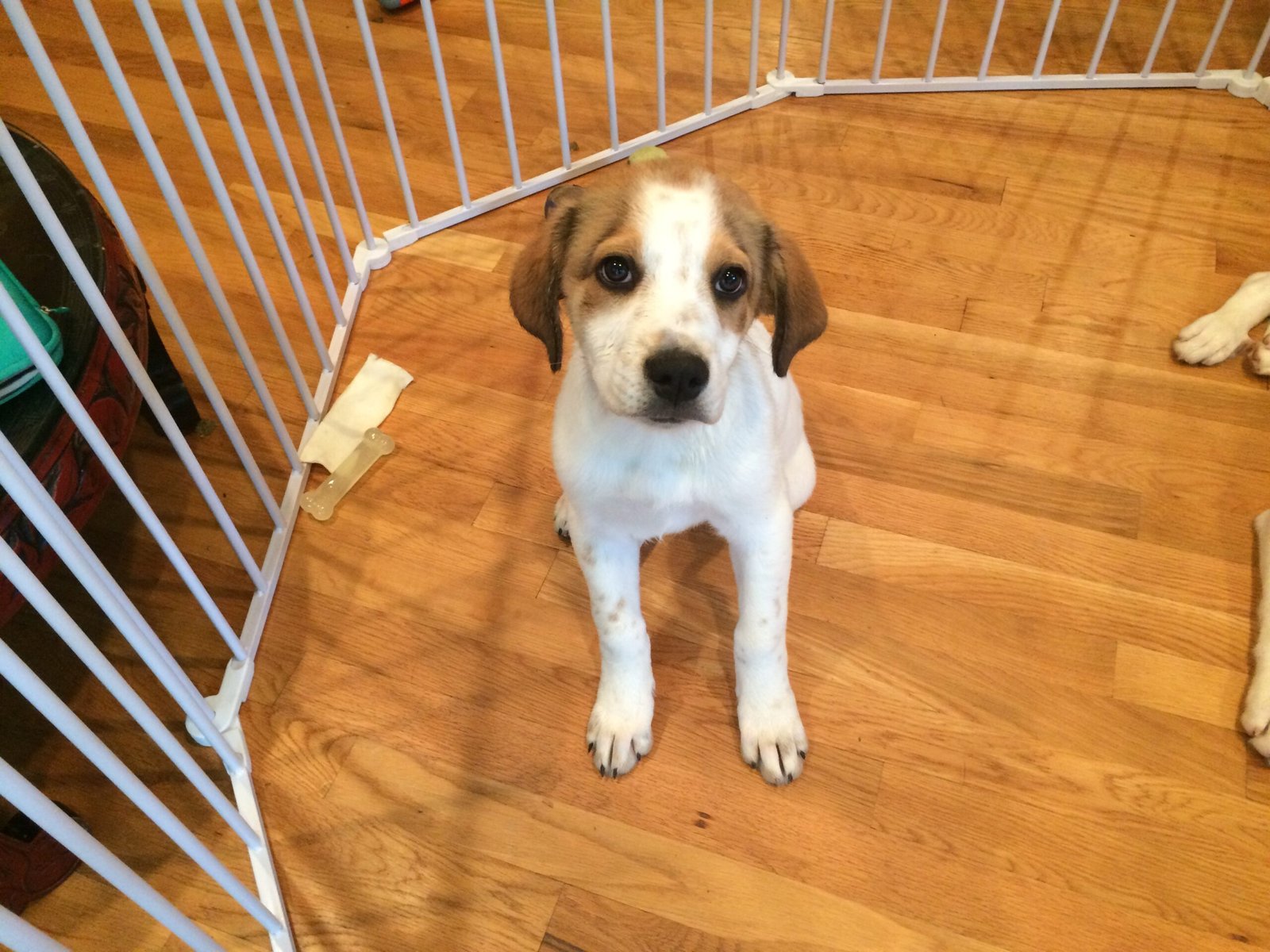
Just like building muscle, your puppy needs to build confidence in being alone. Begin by leaving them alone for just a few minutes—maybe step outside to check the mail. Gradually increase your absence, adding a few minutes each time you leave. This slow approach helps your puppy realize that you always come back. Remember, it’s not about tricking your puppy; it’s about teaching them that alone time isn’t scary. Stay patient and consistent, even if progress feels slow. Think of it as teaching a child to sleep without a nightlight—one small step at a time.
Create a Safe Space
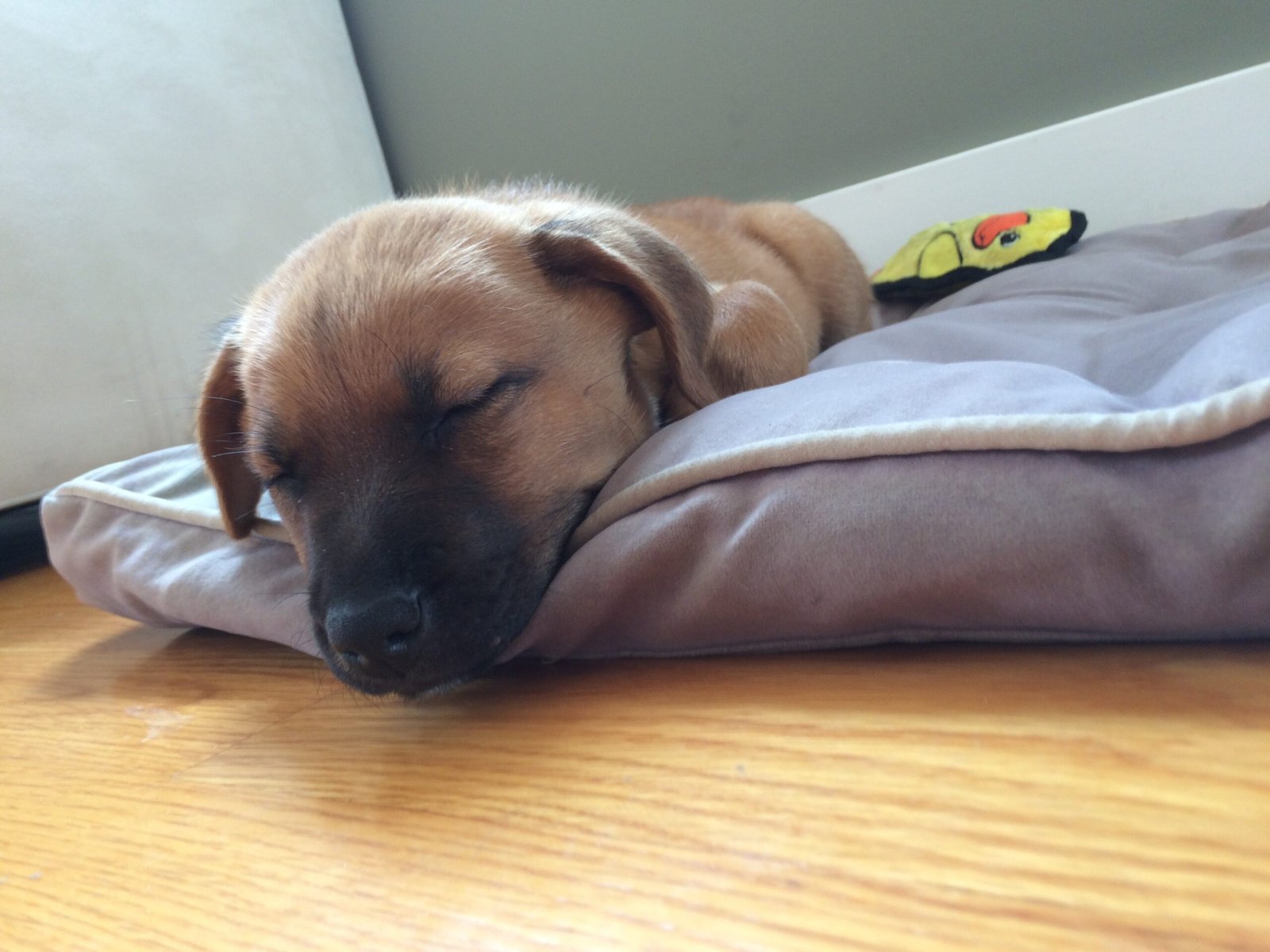
Every puppy needs a place where they feel totally secure—a safe haven just for them. Crates, playpens, or a cozy corner with their favorite blanket can work wonders. Fill this area with familiar toys and soft bedding. The scent and comfort of their own spot can soothe anxiety and offer a sense of predictability. Avoid using this space as punishment. Instead, make it a positive, happy place with treats and gentle praise. It’s like giving your puppy their own little den, a spot where they can relax and know they’re safe, even when you’re not there.
Practice Calm Departures and Arrivals
Puppies are emotional sponges, soaking up your energy. If you make a huge fuss when you leave or come home, you might unintentionally reinforce their anxiety. Try to keep your departures low-key—no big hugs, kisses, or dramatic goodbyes. When you return, wait until your puppy is calm before greeting them. This teaches that comings and goings are normal, everyday things, not major events. Imagine you’re an actor in a play, keeping your cool so the audience (your puppy) doesn’t panic. Over time, your calmness will rub off, helping your puppy feel more secure.
Use Positive Reinforcement
Rewarding calm behavior is much more effective than scolding anxious outbursts. When your puppy settles down quietly, even for a few seconds, offer a treat or gentle praise. Use a soothing voice and maybe their favorite chew toy. This helps your puppy associate alone time with good things happening. Consistency is key—reward the behavior you want to see, and ignore minor attention-seeking actions. Think of it as planting seeds of confidence, nurturing them with every small, positive moment. Over time, your puppy will start to look forward to their solo moments, knowing something nice is in store.
Leave Comforting Scents and Sounds
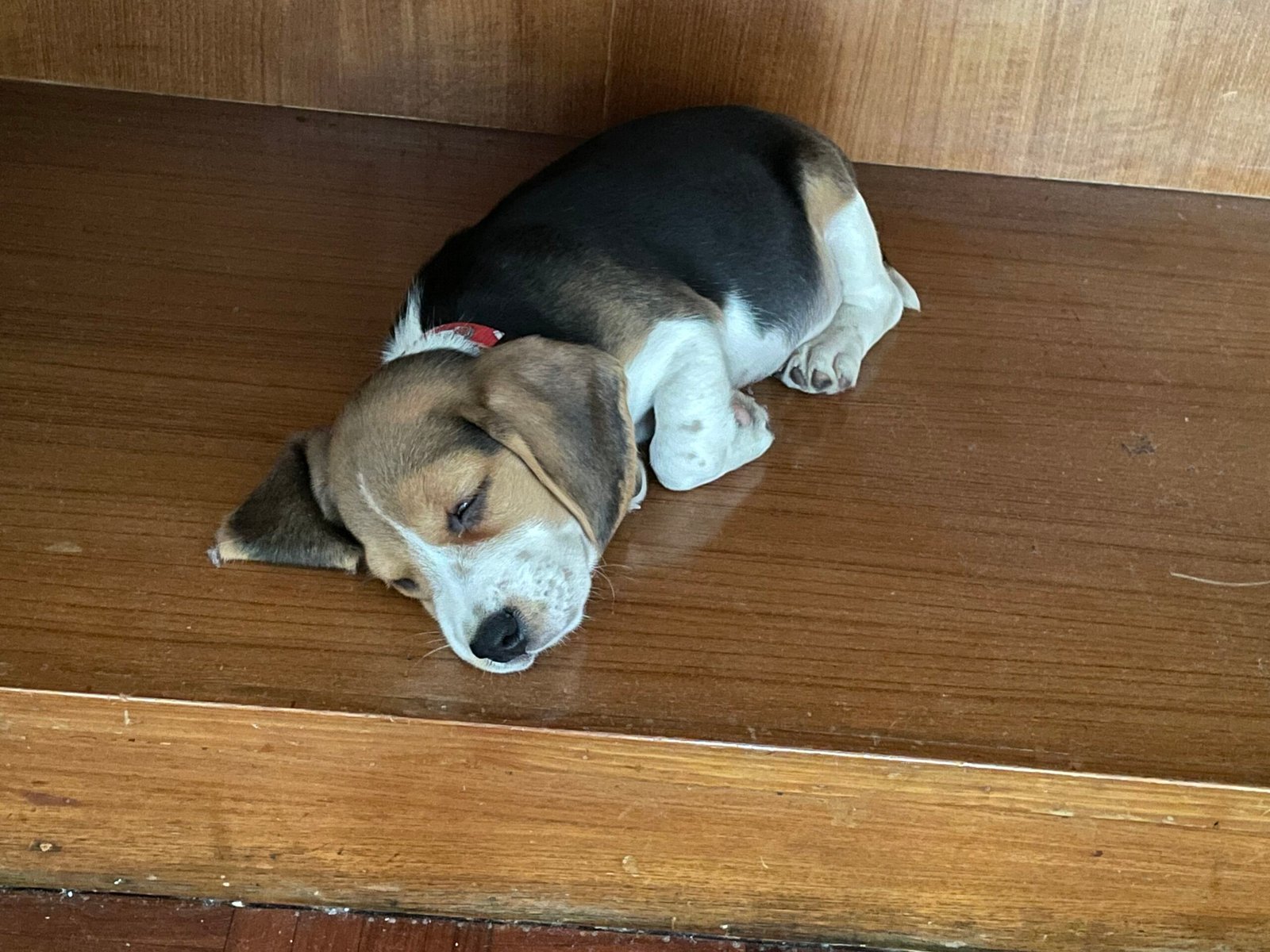
Just like a child with a favorite stuffed animal, puppies find comfort in familiar smells and sounds. Try leaving a worn t-shirt with your scent in their safe space. Soft background noise—like a ticking clock, white noise machine, or gentle music—can also help. Some pet owners swear by “doggy playlists” or even audiobooks read aloud. These simple touches can make your puppy feel less alone, soothing their nerves and masking outside noises that might trigger stress. It’s a bit like leaving a nightlight on for a child who’s afraid of the dark—sometimes, the smallest comforts make the biggest difference.
Exercise Before You Leave
A tired puppy is a happy puppy. Before leaving, take your puppy for a brisk walk, enjoy a game of fetch, or spend time with an engaging puzzle toy. Physical activity burns off nervous energy and leaves your puppy more likely to nap while you’re gone. Mental stimulation is just as important—try toys that challenge your puppy’s brain, like treat-dispensing balls or snuffle mats. Think of it as sending your puppy off to daycare: a busy morning often leads to a peaceful afternoon. The more satisfied and sleepy they are, the less likely they are to fret when you walk out the door.
Introduce Interactive Toys and Puzzles

Boredom can make separation anxiety ten times worse. Interactive toys and puzzles can keep your puppy’s mind busy and distract them from your absence. Choose toys that require effort and curiosity, like treat-dispensing cubes or chewable puzzle feeders. Rotate toys regularly to keep things fresh and exciting. Some puppies love frozen treats—try stuffing a Kong with peanut butter and freezing it for a longer-lasting distraction. It’s like giving a child a new coloring book; suddenly, time flies and nerves fade away. These little brain teasers can make alone time feel like playtime, not punishment.
Try Gradual Desensitization
Desensitization is a fancy word for making scary things less scary, step by gentle step. Start by picking up your keys or putting on your shoes, then sit back down without leaving. Repeat these “departure cues” many times a day, until your puppy stops reacting. Gradually, take things further—open the door, step outside for a second, then return. The aim is to break the association between these cues and your actual departure. It’s a slow dance, but with patience, your puppy will learn that your routines don’t always mean goodbye. This technique works wonders for many anxious pups.
Consider Crate Training
When used positively, a crate can be a sanctuary, not a prison. Crate training helps puppies feel safe, gives them structure, and prevents destructive behaviors. Start slow—let your puppy explore the crate with the door open and reward them for stepping inside. Gradually increase the time they spend in it, always making it a happy, cozy spot. Never force your puppy into the crate or use it for punishment. For many dogs, the crate becomes a “den” where they can relax and feel protected, even if the world outside feels overwhelming. It’s a natural, comforting retreat during stressful moments.
Consult a Professional Trainer or Behaviorist
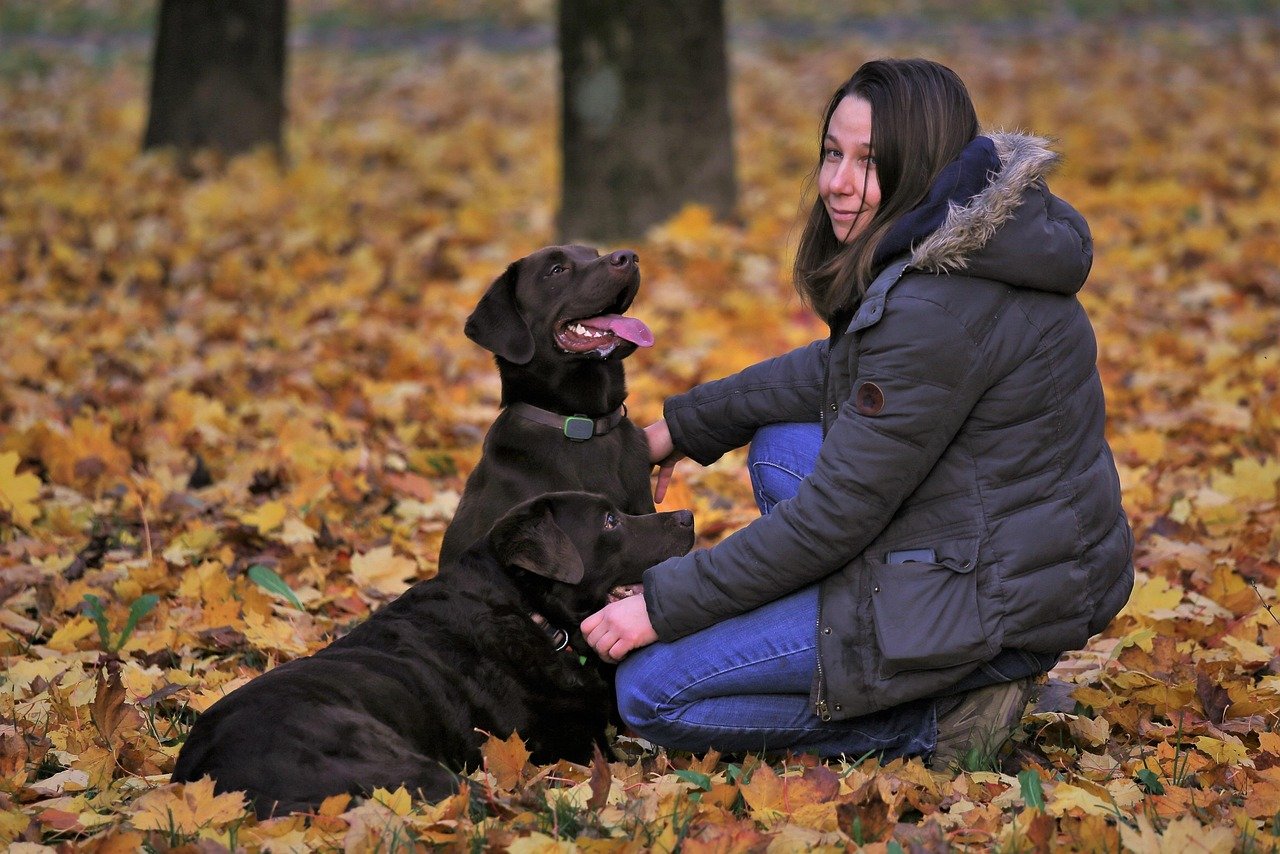
Sometimes, separation anxiety is too much for even the most loving dog owner to handle alone. If your puppy’s anxiety is severe—if they’re hurting themselves, destroying everything, or not improving—don’t hesitate to ask for help. A certified dog trainer or behaviorist can assess your puppy and design a personalized plan. They might suggest specialized training techniques, environmental changes, or even recommend veterinary support. Remember, reaching out isn’t a sign of failure; it’s a sign of love. An expert’s guidance can make all the difference, turning chaos into calm and helping your puppy thrive.
Explore Calming Aids and Tools
For some puppies, extra help is needed. Calming aids like pheromone diffusers, anxiety wraps, or natural supplements can take the edge off intense stress. These products mimic the soothing signals puppies get from their mothers or provide gentle pressure to help them relax. Always talk to your vet before introducing new supplements or medications. Some pet parents also try herbal remedies or specially designed calming collars. These tools aren’t magic fixes, but they can be a helpful part of your overall plan. Think of them as a supportive hug for your pup’s nervous system, easing their journey toward confidence.
Helping a puppy through separation anxiety takes time, patience, and plenty of love—but the results are so worth it. With consistent routines, calming tools, and gentle reassurance, your pup can learn that being alone isn’t scary. Every small step you take builds their trust and confidence. In the end, you’ll have a happier, more secure companion who knows you’ll always come back.

Andrew Alpin from India is the Brand Manager of Doggo digest. Andrew is an experienced content specialist and social media manager with a passion for writing. His forte includes health and wellness, Travel, Animals, and Nature. A nature nomad, Andrew is obsessed with mountains and loves high-altitude trekking. He has been on several Himalayan treks in India including the Everest Base Camp in Nepal.

